I love Elvis Presley. And I love the Beatles. But I’ve got a real beef with these two acts. These five men wrought magnificent changes in popular music and in society as a whole when they burst onto the scene in 1956 and 1964 respectively.
Before their arrivals – certainly before 1956 – popular music seemed to be cruising along, experiencing changes subtly and gently. Consider Francis Albert; while Sinatra set the world alight starting with his work with Tommy Dorsey and carrying on through other highs and some lows, his style of singing was not vastly different from what had gone before him. Though pop music in the early Fifties was beginning to take a turn and I will say that the inanity of “How Much is That Doggie in the Window?” may have helped give rise to the popularity of rhythm & blues but R&B started out as a niche music aimed at a certain demographic that was not then a part of the mainstream. Presley and the Beatles, though, ushered in seismic alterations.
Throughout the 1950’s and into the ’60’s, there were many singers who specialized in ballads and romantic love songs, many tunes coming from Broadway shows of the time. When Elvis Presley made rock & roll the predominant sound in the United States in the late Fifties, the popularity of these pop singers waned somewhat. Certainly the platform from which their music could be heard was shrinking. After a time when rock became sanitized in the early 1960’s, beat groups from England became the new thing and this wave was of course lead by the quartet from Liverpool. Then the predominant sound became the upbeat, harmony-laden trilling-guitar sound of Merseyside. What then of the “straight” singers?
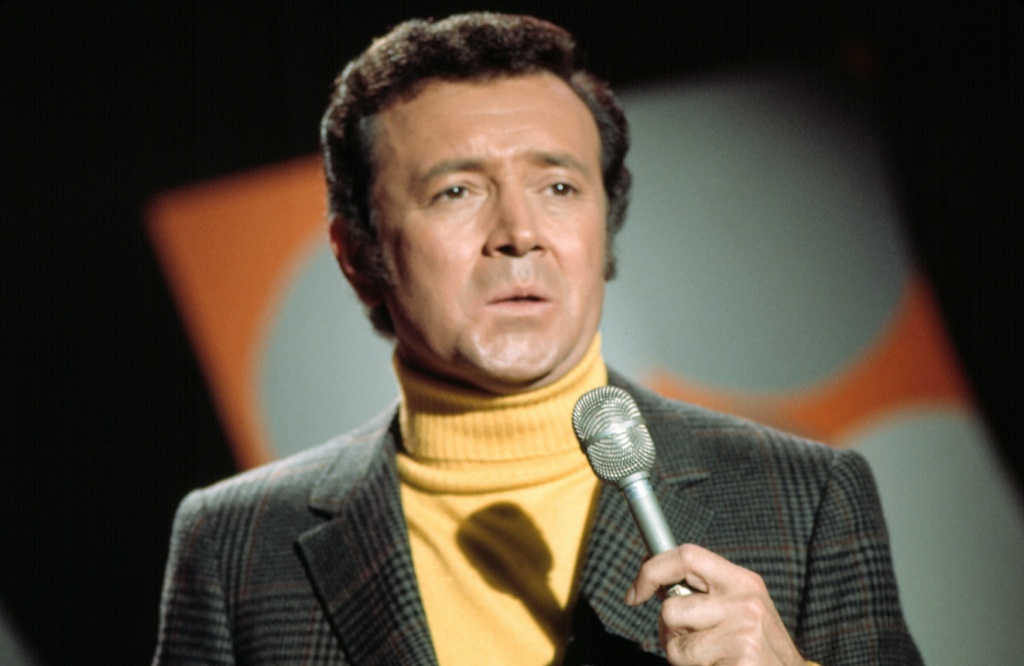
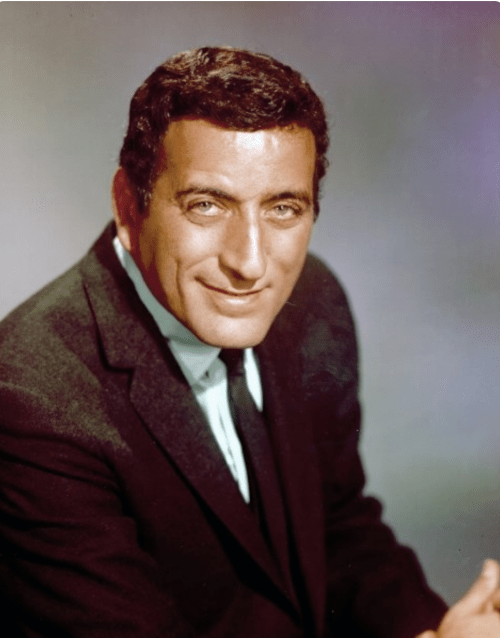
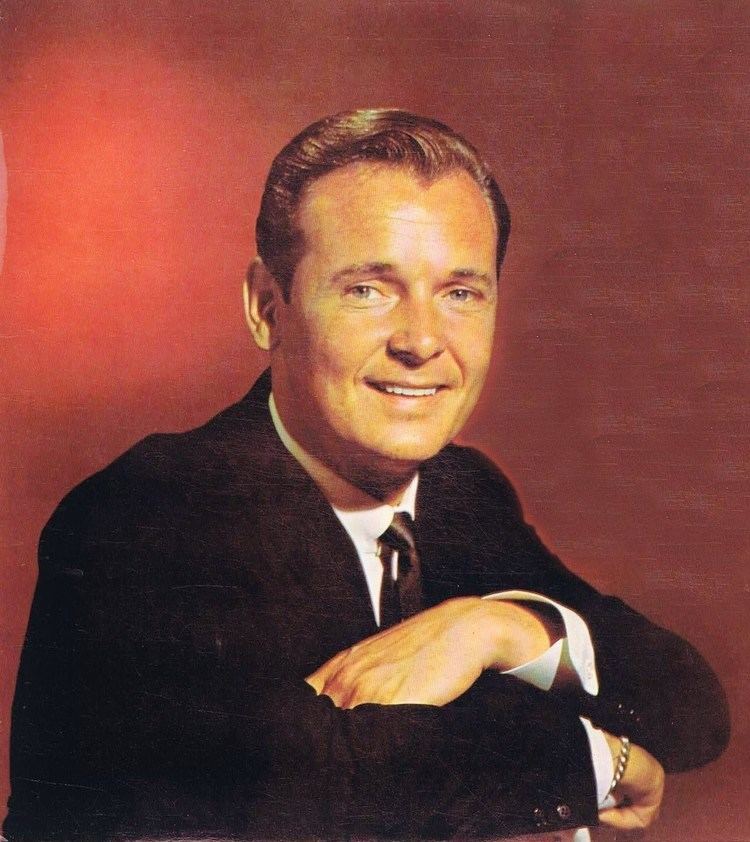
I am not prepared to submit a dissertation on easy listening or beautiful music. This article is more concerned with numbers and with what happened to singers who did not partake of the new sounds but instead continued to preserve the traditions laid down by singers like Crosby and Como. The popular music charts, however, no longer had much room for classy sounds, sounds that were not necessarily aimed at the teenage market. Hit songs were hard to come by for singers like Vic Damone, Tony Bennett, John Gary and others.
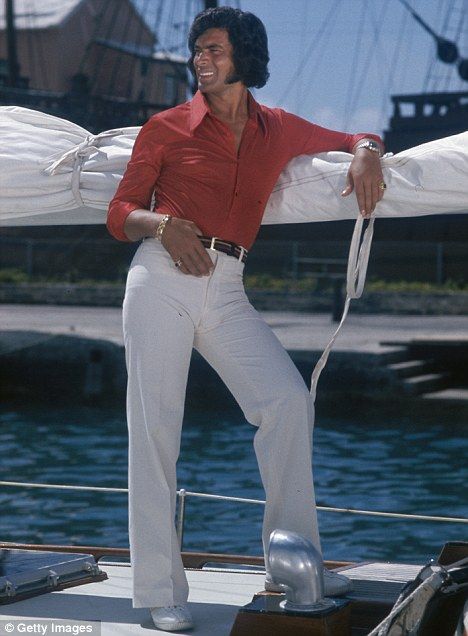
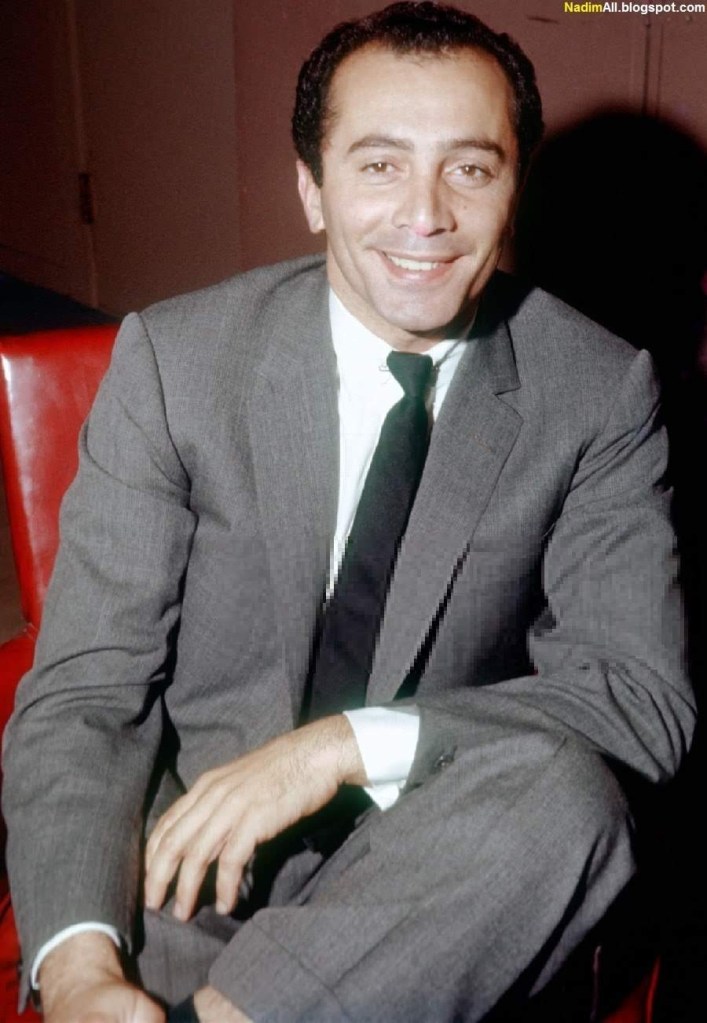
And while there was no room on the pop charts for singers of their ilk, there were still many chances for them to be heard through television and stage appearances and via the many mature adults who were still buying records featuring this style. Frank Sinatra and Dean Martin updated their sounds and Engelbert Humperdinck, Al Martino and Jerry Vale were singers who’s records were appearing on the new top-seller listing created just for them; the Adult Contemporary Chart.
In the early 1960’s, Billboard magazine began reporting on the the rise of “easy listening” music and it began to take note of the fact that some popular songs were simply not the type of tune to be played on rock & roll stations and airplay was a big determinant for what rose up the Hot 100 pop chart. In 1961, the magazine decided to create a separate chart dedicated to this music. The name of the chart changed much in the early days; from Easy Listening to Middle-Road Singles to Pop-Standard Singles and back to Easy Listening until it was rechristened Adult Contemporary in 1979.
The first Number One song on the Easy Listening chart listed July 17, 1961 was “The Boll Weevil Song” by Brook Benton; a song deemed different enough from the #1 pop song at the time – one of my favourites, “Tossin’ and Turnin'” by Bobby Lewis – to justify the separate listing. In the early days of the chart, the top songs on the Easy Listening chart were often not that different from the ones on the Hot 100 pop chart although this would soon change as rock hardened.
Through the Sixties, many of the biggest names in pop music dominated the Adult Contemporary chart and we’ll be looking at many of them and how their songs fared on the softer chart as compared to the Pop chart. These artists ranged from Elvis Presley, Frank Sinatra, Dean Martin and Andy Williams to the 5th Dimension, Glen Campbell and orchestra leader Paul Mauriat.
Later, the Adult Contemporary chart was more than welcoming to the singer-songwriters and soft rock that emerged in the early 1970’s. Artists like the Carpenters, Captain & Tennille and Barry Manilow were popular over a wide spectrum but their music found its most natural home among other easy listening sounds.
Additionally, a separate article could be written about pop and rock artists that, as they grew older and mellowed, played a more gentle type of music and thus found success on the AC chart. Compare Rod Stewart’s stellar early albums like Every Picture Tells a Story with a big hit from his victory lap, 1988’s “My Heart Can’t Tell You No” or even the early malt shop melodies of Paul Anka with his 1975 hit “I Don’t Like to Sleep Alone”.
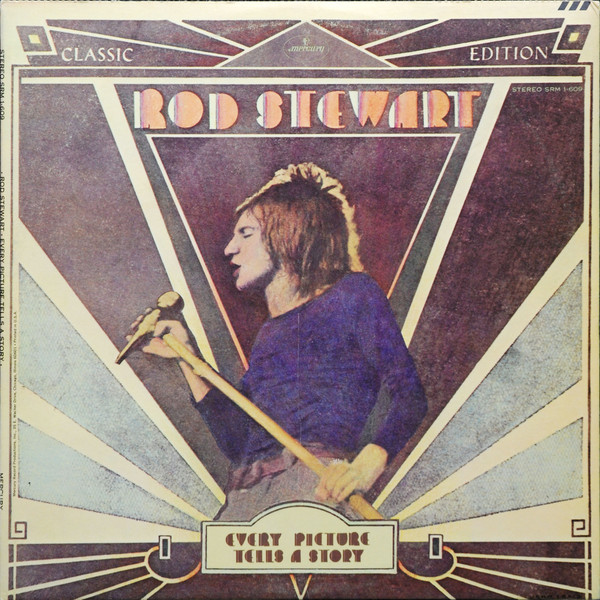
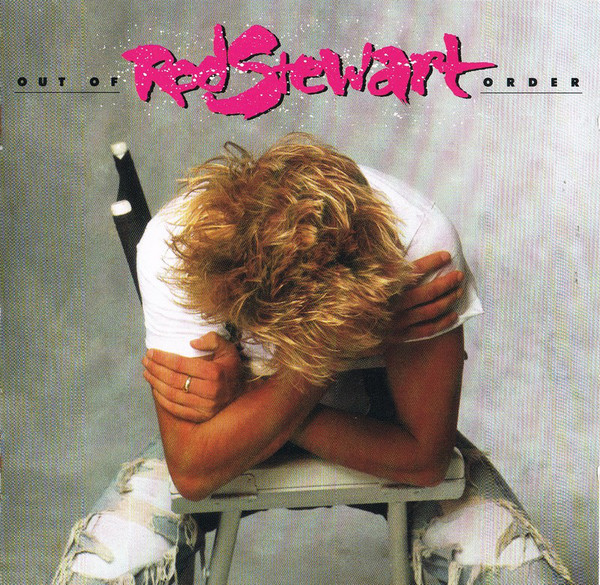
We often talk about an artist’s success based on his dominance of the pop charts and many of us are aware of who had how many #1 singles, etc. I just thought it would be interesting to see related statistics from the Adult contemporary chart – a chart, by the way, I may have scoffed at in my youth. “You’re listening to CDAD, Music for Your Dad” I used to say when a “lame” tune came on the radio. As a somewhat more mature adult – and many of you can attest to this – I find much pleasure in these tranquil melodies. Think of this article in the same way you’d think of one comparing the National Hockey League’s records with those of the World Hockey Association’s or NFL vs. USFL. So, think of Adult Contemporary as something of an alternate universe; like VHS vs. Betamax.
Elvis Presley charted 47 songs on the AC chart between “(Marie’s the Name) His Latest Flame” (#2) in 1961 and “Way Down” (#14) in 1977; there were other posthumous hits. “His Latest Flame” and his next single, “Can’t Help Falling in Love”, both charted on the AC chart, the latter becoming King’s first #1 AC hit; it peaked at #2 Pop. His next dozen-or-so singles did not chart on the AC listings but he was back with a vengeance in 1965 when three consecutive singles topped the Adult Contemporary chart; “Crying in the Chapel”, “(Such an) Easy Question” and “I’m Yours”. This is interesting to me; lesser-known tunes like the last two can technically be referred to as “#1 songs” in this universe, “I’m Yours” being a perfect example of a middle-of-the-road sound coming from a predominantly rock or pop artist. “Frankie and Johnny”, of all songs, was #3 AC in ’66. At the close of the Sixties, many of King’s tunes that charted high on the pop charts did so also on the Adult Contemporary chart.
“The Wonder of You” and “You Don’t Have to Say You Love Me” were #1 AC songs in 1970 and near the end of his career, Presley placed a couple interesting tunes near the top of this chart. The stirring “My Boy” was #1 AC in ’75 though it only hit #20 Pop and “Moody Blue” reached #2 AC and only #31 Pop. Fascinating and these songs, you’d agree, are legitimate Adult Contemporary-type tunes. Elvis Presley ended up with 31 songs that entered the AC Top 10, including 7 AC chart-toppers.
Unlike Presley, Frank Sinatra’s bread and butter was always sounds that were right at home amongst Adult Contemporary tunes and indeed Frank’s style of singing was what gave rise to the chart. His debut on the easy listening chart was “Granada”, released as a single from his Sinatra Swings album of 1961. The Mexican tune hit #15 AC while it barely made a ripple on the pop charts, peaking at 64. In 1964, Frank hit #4 with two tunes that barely broke the Pop Top 40; “Softly, As I Leave You” and the lovely “Somewhere in Your Heart”. The following year, the Grammy-winning “It Was a Very Good Year” was also Sinatra’s first AC #1 song (#28 Pop) and it was followed by the single “Moment to Moment” which will help us see the divide between the AC and the Pop chart; this song reached only #115 Pop but ascended to #18 AC.
In 1966, Frank went on a roll. “Strangers in the Night”, as many will know, was a #1 Pop song but it was also a chart-topper in the UK and on the Adult Contemporary listings. FS followed this up with four consecutive AC #1’s with my all-time favourite FS tune “Summer Wind”, “That’s Life”, “Somethin’ Stupid” and – perhaps caught up in the momentum – “The World We Knew (Over and Over)”. “Somethin’ Stupid”, the duet with daughter, Nancy, was – like “Strangers” – #1 Pop and UK. Frank would close out the decade with a run of Top Ten AC tunes with lesser-knowns like “I Can’t Believe I’m Losing You” (#4 AC, #60 Pop) and “I Would Be in Love (Anyway)” (#4 AC, #88 Pop), hidden gems including “Cycles” (#2) and “Love’s Been Good to Me” (#8) and an anthem like “My Way” that went to #2 AC but only #27 Pop. Frank would show up again on the AC chart with 1975’s “I Believe I’m Gonna Love You” that also went to #2. Sinatra charted on the Adult Contemporary listings between the aforementioned “Granada” in ’61 and “L.A. is My Lady” in ’84 and ended up with 19 songs charting on AC with 6 Number Ones.
The catalogue of Andy Williams makes it challenging to love him. But I do, make no mistake. It bears more discussion but the bulk of Andy’s recorded output seems to have been his takes – in much unaltered form – on “the hits of the day” and this frankly makes him hard to defend. But I do. And Andy is one of those performers who’s singles were tailor made for the Adult Contemporary chart as opposed to the Pop charts. As we all know, the Pop charts of the early-to-mid 1960’s were filled with music for those who think young; vocal groups, male and female, Motown, surf music and then folk-rock and then harder rock. While it may not have resonated with many at the time or since, singers like Andy were mainstays of the easy listening listings.
Andy’s first single of the Sixties, issued on Columbia, is a case in point. A typically delightful if benign reading of “Danny Boy” leapt to #15 on the AC chart but stalled at 64 Pop. Even the B-side, the non-album track “Fly By Night” (surely not the Rush song) hit the Top 20 AC and only 82 Pop. Andy had a big hit in 1963 with “Can’t Get Used to Losing You”, the type of wonderful song of the day that was well suited for non-rock radio and one that even hit #2 on the Pop charts. It was Howard Andrew’s first AC chart-topper. Williams would go on to forge a place in the hearts of millions with his wonderful voice and gentle demeanour and he would release countless albums for Columbia. Worth adding that, in the second half of the 1950’s when he was recording for Cadence, he enjoyed 11 Top 40 Pop hits, including 6 Top Tens and one #1 song, “Butterfly”.
Through the whole of the Sixties, Andy’s singles would just as often stall on the Pop charts at #80 as they would hit the Top 40 but he was a constant presence near the top of the AC chart. He appeared 26 times on that chart, putting 15 in the Top 10 and topping the chart 3 times, once with the sublime song “Happy Heart”, one of his few non-Christmas recordings that is solely his and one that was co-written by James Last and Canadian Jackie Rae. His last high-charting AC hit of the ’60’s is another case in point; the lesser-known “A Woman’s Way” hit #4 AC but barely charted Pop, hitting #109. Andy was constantly on these charts through the Seventies and between “Danny Boy” in ’61 and “Tell It Like It Is” in ’76, he showed up a total of 44 times including 19 Top Tens and 4 #1’s.
Ladies and Gentlemen, Mr. Dean Martin. Ol’ Dino is the only artist I’ve yet to run across while researching the “other” chart who sent his first three singles to appear on the AC chart to #1. Dean’s “Everybody Loves Somebody” was not only a huge, Beatle-slaying #1 pop single but it was a tune custom-made for the nascent easy listening charts. His following single on Reprise, “The Door is Still Open to My Heart”, was a Top Ten pop song as well as a #1 AC track. And the third was “You’re Nobody ‘Til Somebody Loves You”, a re-recording of a song he had done while still with Capitol. In 1965, Dean went on a run that saw him enjoy many consecutive Top Ten easy listening songs.
Between “Send Me the Pillow That You Dream On”, released in early ’65, and the delightful “April Again” from the Gentle On My Mind album three years later, every one of Dino’s 15 entries on the Adult Contemporary chart placed in the Top Ten including the Number Ones “In the Chapel in the Moonlight” and “In the Misty Moonlight” (both 1967). Less than half of these songs, though, reached the Top 40 Pop. But this just supports the idea that the pop charts were not a place that singers like Dean were expected to make a splash during this era. The arenas instead were the AC charts, television and the night club stage. From his sensational entry into the easy listening charts in 1964 until the ignominious and unnecessarily manufactured “duet” with Martina McBride on “Baby, It’s Cold Outside” that hit #7 in 2006, Dean hit the AC charts with 28 songs, landing 20 of them – or 71% – in the Top Ten. With 5 of them topping the “other” chart, Dino may be the vintage champ of Easy Listening.
Johnny Mathis is a heavy hitter in this area owing mostly to his longevity and to his embrace of easy listening pop sounds deep into the 1970’s and even extending into the Eighties. Johnny comes in with a walloping 50 AC chart entries including 13 top tens and 2 Number Ones. He debuted in ’62 with “Gina” (#2) and as recently as 2013 he placed a Christmas song in the upper reaches when “Sending You a Little Christmas” hit #4. The 5th Dimension – the whitest-sounding black vocal group ever – enjoyed many hits on the Pop and AC charts at the end of the 1960’s and into the ’70’s. Their mega-hit, Jimmy Webb’s “Up – Up and Away”, was #7 Pop and was their first entry on the AC chart where it peaked at #9. Their next entry topped the AC chart. Another mega-hit, “Medley: Aquarius/Let the Sunshine In (The Flesh Failures)”, featuring a bass line in the second half that is all world, was #1 US Pop, #1 in Canada and a Top Ten hit worldwide. The 5th Dimension were popular for a short period of time but in this brief span placed 22 songs on the Adult Contemporary chart putting 5 of them at the top of the heap.

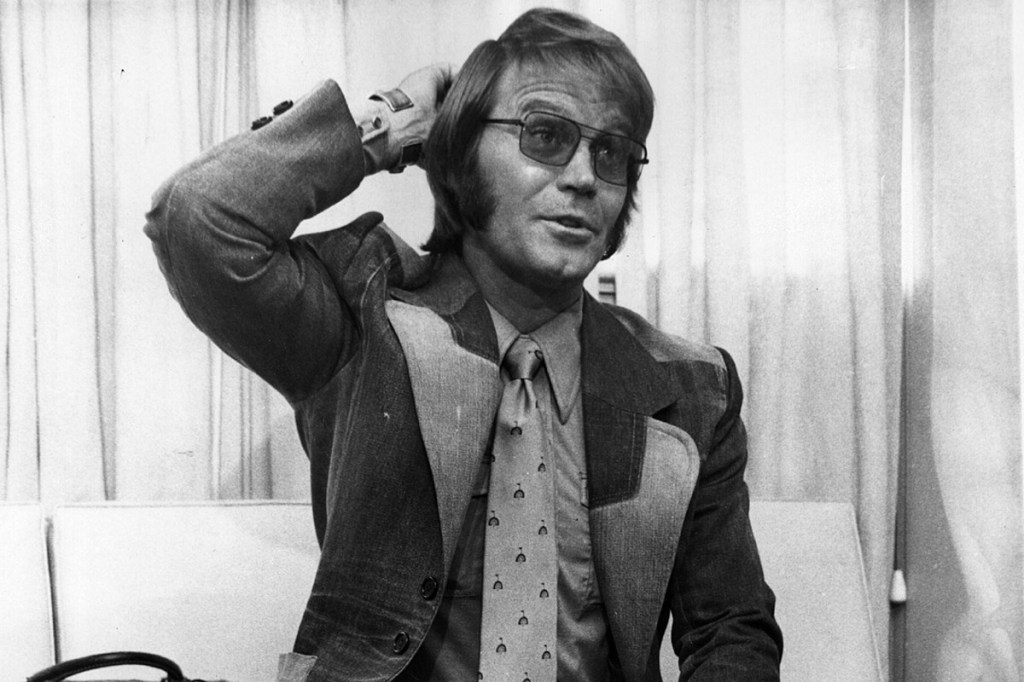
Glen Campbell started slowly where easy listening is concerned owing, I suppose, to his predominantly country sound but he has emerged as perhaps the most prolific country-style performer of the AC charts. His own song “Turn Around, Look at Me” became his first charting record when, in 1961, it hit #62 Pop and #15 AC. It was another six years until, during his first flush of real success, he returned to all major charts with another from Jimmy Webb, “By the Time I Get to Phoenix” (#2 US Country, #26 US Pop, #12 AC, #1 Canada Country). Glen would then light it up; between ’68 and ’71, Glen put 14 tracks into the Top Ten before taking a bit of a break. In 1975, he came back with a vengeance to the tune of 7 Top Tens in the span of 4 years. All told, between 1961 and 1982, easy listening favoured 42 of the Rhinestone Cowboy’s tunes and he topped the chart 8 times including 5 of 6 tunes hitting #1 during ’75-’77.
Us retro types would probably all agree that the “easy listening” or “adult contemporary” music of the 1960’s was great music; we likely wouldn’t even feel the need to classify it as such. I mean, Dino’s sides for Reprise? Delightful and welcome on any playlist or internet radio station playing any variety of vintage tunes. As the Seventies and Eighties rolled, often there was not a whole lot of difference between the Pop and AC charts. Acts like James Taylor, Carole King and John Denver were all over both listings. These artists though may be a bit more polarizing among today’s listeners than those singers active in the Sixties. You see, the longest rider on top of the Adult Contemporary chart in the Sixties was the gorgeous and atmospheric “Love is Blue” by bandleader Paul Mauriat but the champ of the ’70’s was the 10-week ride in 1978 of Al Stewart’s “Time Passages”, a tune that is not so bad but I’d say it carries a bit more of a stigma in terms of quality than almost anything from the previous decade. In other words, the AC hits of the ’60’s are much more revered today than those of the ’70’s; or at least they’re revered in a different way. No retro types of today are likely to turn their nose up at Sinatra or Andy but Anne Murray’s “Snowbird” may make some run for the bathroom.

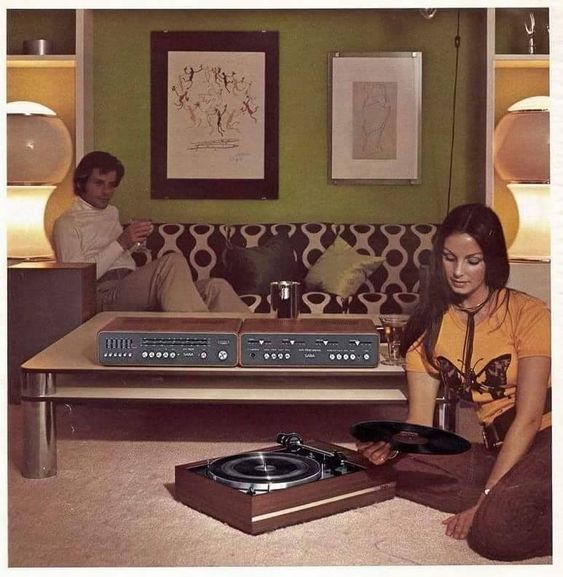
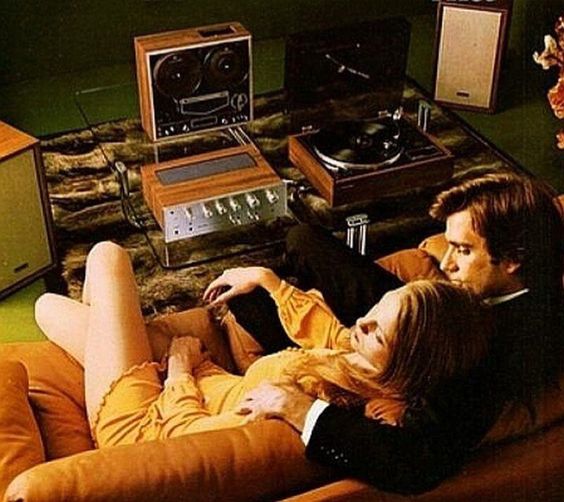

Of the Eighties and beyond I won’t even speak. I have a fondness for the ’80’s and ’90’s as they were the days of my youth but the AC from this time – to my ears – is just awful. One makes the inevitable connection between some of this music and the most inoffensive and generic background sounds to be heard in many waiting rooms and hotel lobbies. The numbers, though, have become gargantuan in the last 40+ years. Songs by Savage Garden, something called Uncle Kracker and Enrique Iglesias stayed atop the AC charts for months; a Maroon 5 song from 2018 holds the record with 36 weeks as the #1 AC song in the land.
Artists like Elton John, Neil Diamond and Lionel Richie have become the voices of the genre and lately Canadian Celine Dion and Ed Sheeran have been successful in this arena. Celine holds the record for most cumulative weeks at #1 on the AC charts with 87. Like everything else though, in the ’60’s there was a certain style and class. Today’s “Adult Contemporary” just seems lame. But that’s a Vintage Leisure guy talkin’, so….
And I just realized I’ve mentioned Maroon 5 and Ed Sheeran in a SoulRide article so I’ll close now.
I’ve come up with a highly scientific algorithm that will allow us to discover – by the numbers – the Top Ten Greatest Original Stars of Adult Contemporary. See SoulRide’s first ever “table” below!
| Artist | AC Songs Charted | AC Top Tens | AC #1’s | Years Active | |
| 1 | Elvis Presley | 47 | 31 | 7 | 1961 – 2008 |
| 2 | Glen Campbell | 42 | 20 | 8 | 1961 – 1982 |
| 3 | Dean Martin | 28 | 20 | 5 | 1964 – 2006 |
| 4 | Al Martino | 41 | 23 | 4 | 1961 – 1978 |
| 5 | Andy Williams | 44 | 19 | 4 | 1961 – 1976 |
| 6 | Frank Sinatra | 19 | 18 | 6 | 1961 – 1984 |
| 7 | Johnny Mathis | 50 | 13 | 2 | 1962 – 2013 |
| 8 | Engelbert Humperdinck | 33 | 13 | 4 | 1967 – 1983 |
| 9 | Jack Jones | 32 | 13 | 3 | 1962 – 1980 |
| 10 | Petula Clark | 23 | 12 | 2 | 1965 – 1981 |
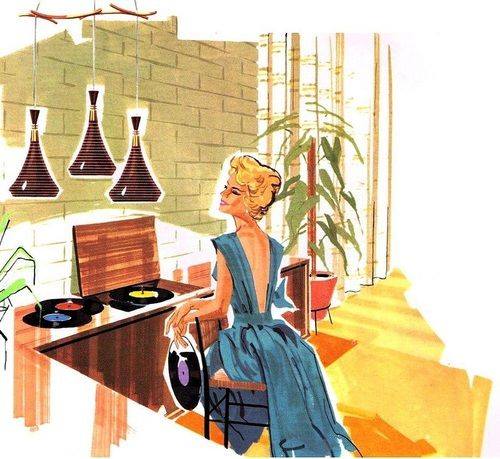
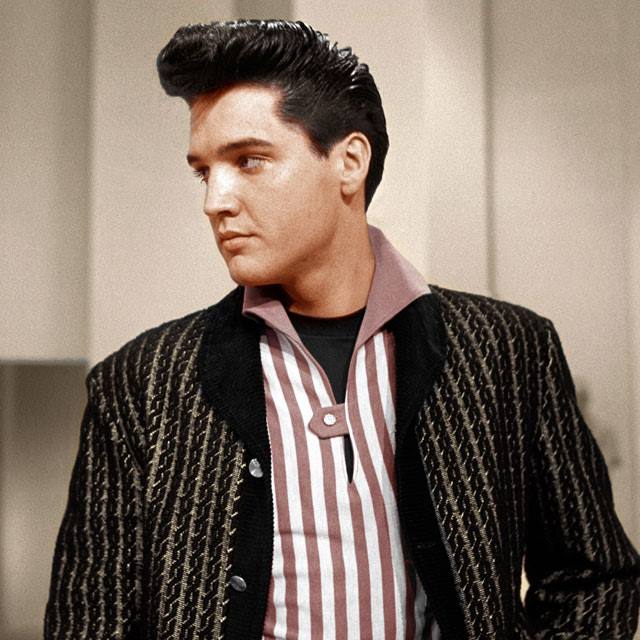
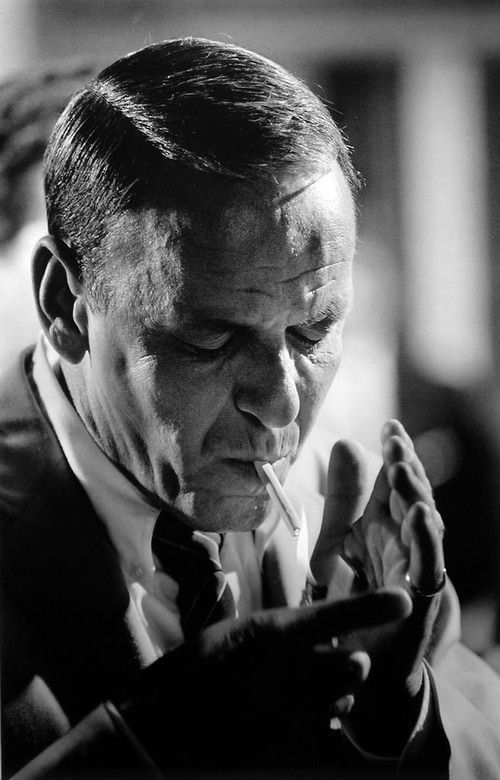
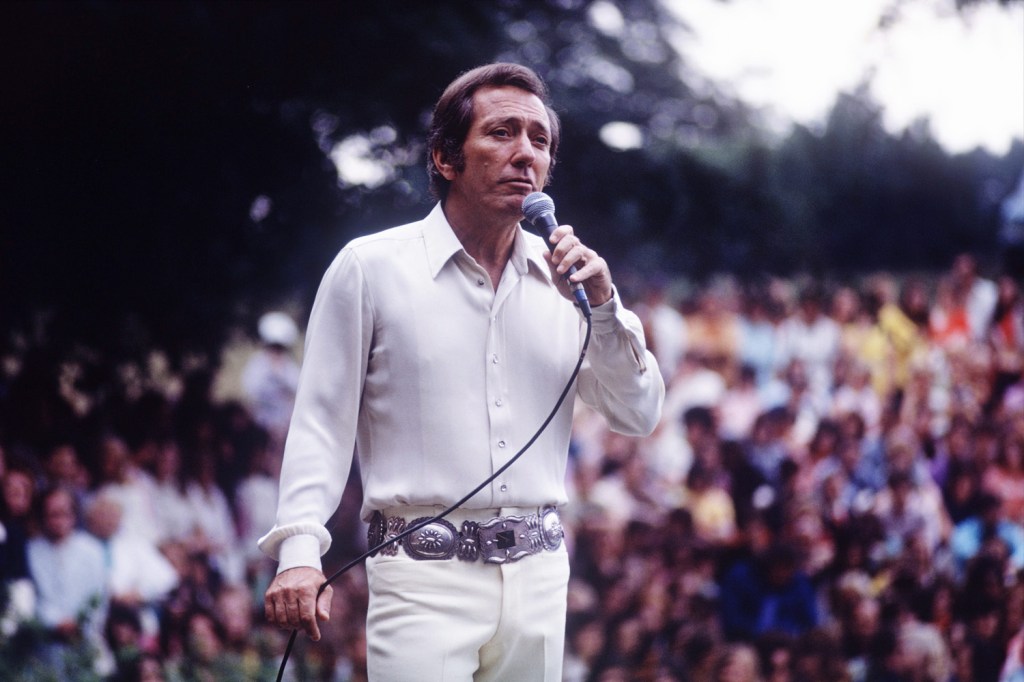
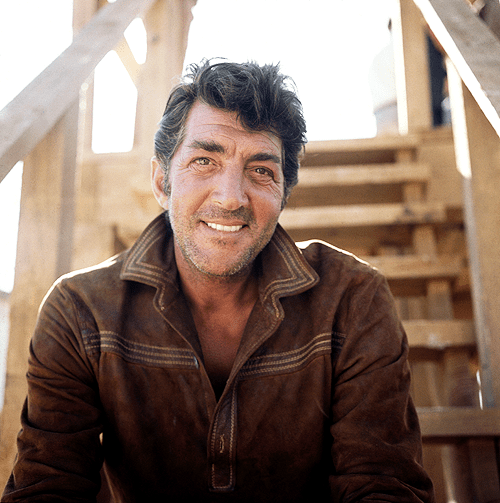
Is there any kind of vague formula that allows comparison between a pop chart ranking vs AC in terms of actual sales? Understanding of course that reporting of record sales generally is not always reliable. It seems to me that people you might be vaguely aware of in the AC universe, when you finally get around to looking them up you find that they’ve sold a hundred million records over decades, by just working consistently and largely in the background. And when they turn up in your city for a show, the venue sells out with almost no publicity.
My brother, I have not run across talk of a formula as such so I can’t comment on comparison numbers. But I will say this about that; there is indeed an alternate universe out there peopled by artists that sell billions of records and we’ve never heard of them. And quite often it’s international artists who are huge everywhere but North America. A guy like Frenchman Richard Clayderman has put out hundreds of albums and is actually in the Guinness book. German James Last – 200 million units moved. New-Age guitarist Ottmar Liebert – 38 gold and platinum records. Maybe their music is so…useful, versatile and easily applied to any sort of media or situation and they have no personalities so people don’t hate them, they’re not polarizing, I dunno…
It’s hard to comprehend that James Last has sold 200 million…..
Great article. Coincidentally, I just this week went on something of a Perry Como medium-deep dive, after admiring a few tracks for years. Supposedly he was a cash cow for RCA in the 1950s and 1960s, though I guess he wasn’t dominating the AC charts you discuss here. On good material, Como is mysterious and smooth at the same time, almost an American Joao Gilberto. I’ll always be more of a Sinatra-with-Nelson-Riddle kind of guy, digging the more raw emotion, but Como, like Johnny Hartman, is an astonishing craftsman , a paragon of restraint, with more nuance than he’s given credit for.
Thank you, my friend. Funny but this past week I also have been listening to Como. I found two of his last five records on vinyl and while Como in the late 70s-early 80s is not my thing, I felt obligated to buy them. I think you’re right about him and RCA; think about how long he made records for them; over 30 years! Sinatra’s craft is so obvious because he worked so hard at it and it shows. Guys like Como and Dean Martin who didn’t work so hard may not get the same love – because you don’t see the sweat. But I have read that Perry Como – of all the straight pop singers – may have had the best jazz sensibilities and put that sort of style into his singing. Como’s singing is of the highest quality, that’s for sure. We watch him every December singing live on the Hollywood Palace show. You can see him effortlessly making wonderful sounds and controlling his breath expertly. I couldn’t agree with you more. Thanks so much for reading and commenting; I hope you see this reply.
“Something called Uncle Kracker”?
You don’t remember him at all? He worked the turntable in Kid Rock’s band in the late 1990s, which somehow led to a record deal.
I’m guessing the big AC hit was his cover of Dobie Gray’s “Drift Away” in 2003? “Follow Me” was also a big US AC chart hit in 2001.
I will say I get a kick out of his name but I’ll admit I have never known anything about him.
I also get a kick out of Kid Rock but his “turntablist”? No, I missed him. Now I must give a closer listen to his cover of Dobie Gray’s classic – especially since I see Dobie sings on it? Intriguing.
Thanks for hipping me to this!